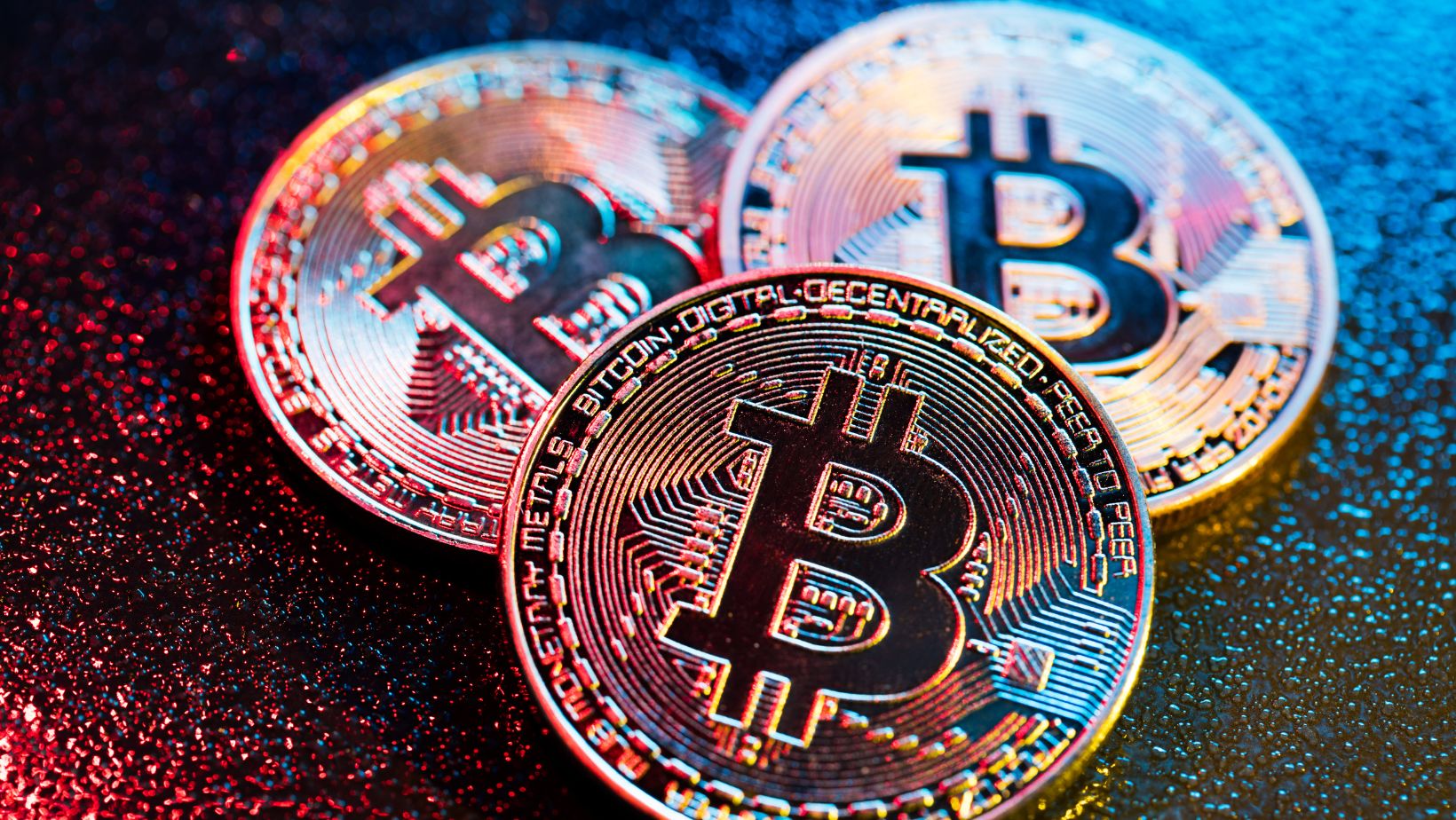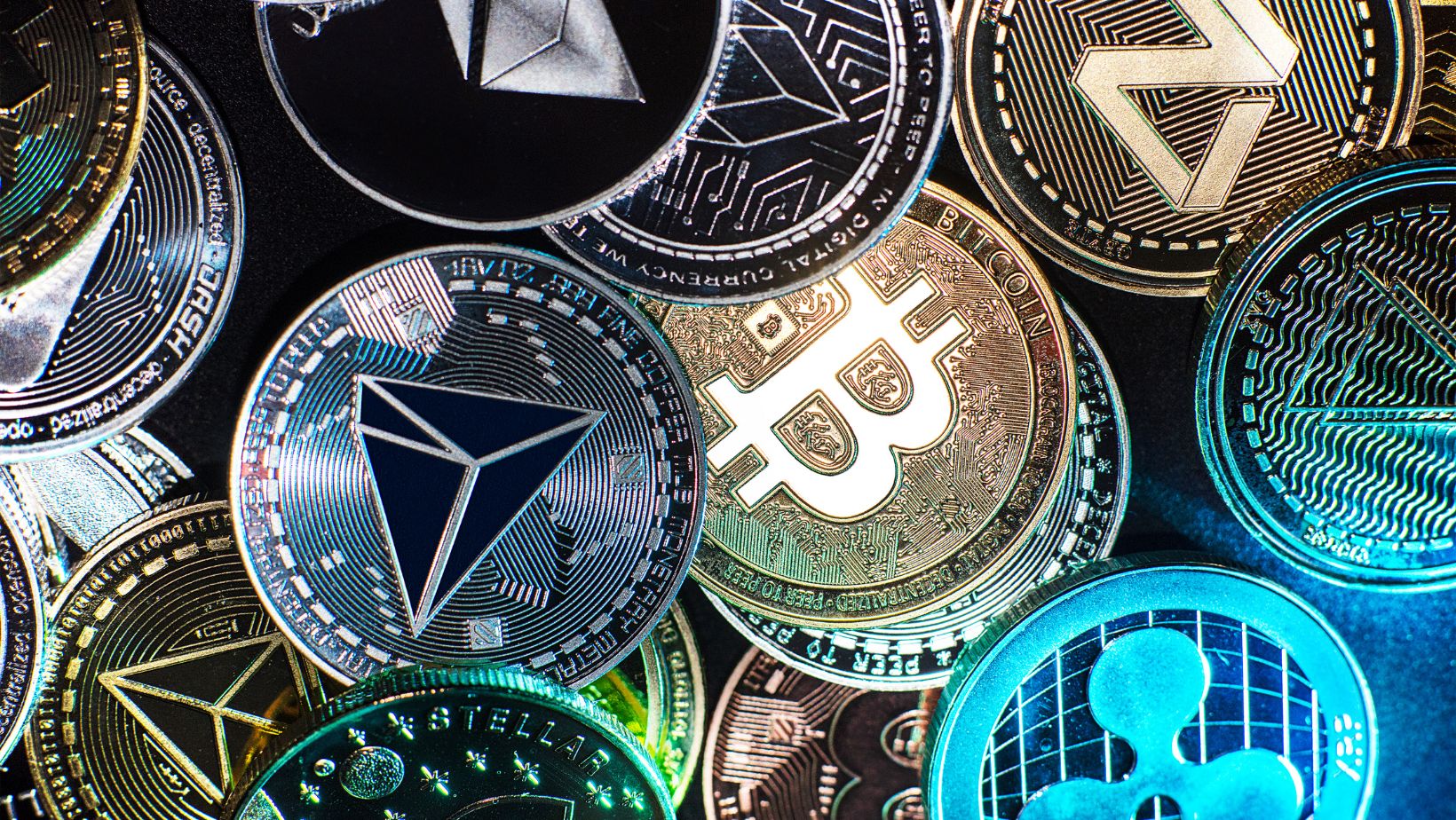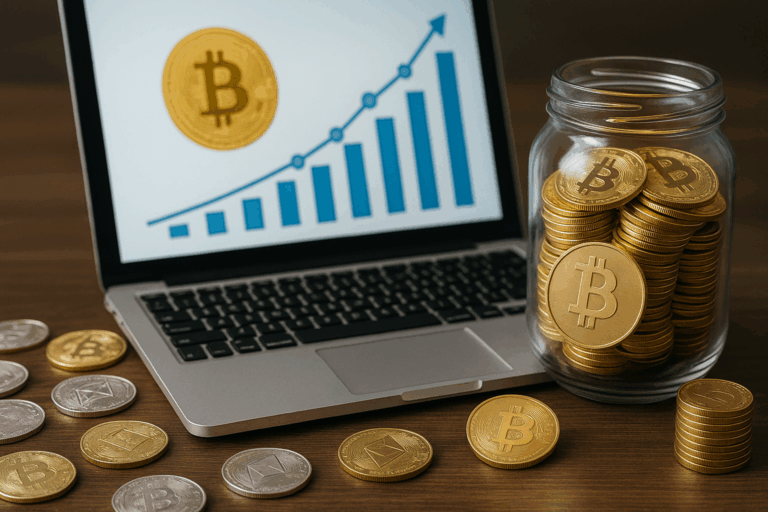Bitcoin has been a trendsetter in the crypto industry, fueling the emergence of numerous other altcoins built on a decentralized peer network. While Bitcoin is, without a doubt, the breakout star among cryptocurrencies, that doesn’t mean it is the only one that is valuable.
Many alternative cryptocurrencies have held on throughout the steep price fluctuations, and they offer some appealing features that you may want to look into. For instance, Cardano distinguishes itself from other cryptocurrencies through its peer-reviewed research, and because it is a proof-of-stake blockchain, it is more energy-efficient. Overall, it is a promising cryptocurrency, so you may want to check out ada price prediction. Of course, Cardano isn’t the only altcoin you should consider, and below, we explore all the different alternatives to Bitcoin. Read on!
Ethereum
Ethereum is obviously the first alternative to Bitcoin on this list. It is a decentralized software platform that enables developers to build dApps and smart contracts without facing issues such as fraud downtime or interference from a third party. Ethereum’s purpose is to build a decentralized suite that includes financial products available to everyone, regardless of faith, ethnicity, or nationality. It is this particular aspect that makes Ethereum more attractive to people because those without state identifications and state infrastructure can get access to loans, bank accounts, insurance, or different financial products.
Ethereum uses Ether as its platform-specific cryptographic token. Validators who stake their coins to participate in the blockchain earn ETH as a reward, but the coin is also used for investing or as an off-chain payment method. For many years, Ethereum has maintained its position as the 2nd most popular cryptocurrency by market cap, so it’s a great asset to consider buying besides Bitcoin.
Cardano
We’ve already mentioned Cardano at the beginning but let us dive deeper into how it works and what makes it such an appealing alternative. Cardano uses a research-based approach involving many experts, from mathematicians and engineers to cryptography professionals. Charles Hoskinson, one of the five initial members who founded Ethereum, developed Cardano after no longer sharing the vision for Ethereum’s roadmap. The team behind the project created the blockchain via extensive experimentation, as well as comprehensive research that experts reviewed rigorously. In fact, they have written over 120 papers on blockchain technology across several topics, making it evident that this research is at the core of the Cardano project.

Solana
Solana was introduced in 2017 and is a blockchain platform that supports decentralized applications. Like Cardano, Solana has been dubbed an Ethereum killer, as it performs many more transactions per second compared to Ethereum and charges lower transaction fees. It utilizes smart contracts, which are crucial for running groundbreaking applications such as NFTs and DeFi. In fact, Solana is showing relative strength against Ethereum across various dimensions, demonstrating its potential.
The native cryptocurrency of the Solana blockchain is SOL, and its price has seen tremendous growth ever since its inception. There are many arguments for why its price could go higher in 2025 as well (even over $500 or more), such as the government potentially starting to buy it and the fact that it is the top blockchain for investing in memes.
XRP
XRP is the native token for the XRP ledger, which Ripple founded in 2012 as a payment system. The ledger relies on a consensus mechanism known as the XRP Ledger Consensus Protocol, which distinguishes itself from the proof-of-stake or proof-of-work models that other cryptocurrencies use. Client applications sign and send transactions to the servers of the ledger, which then compare the transactions and determine if they are candidates for entry into the ledger. After that, the servers transfer the transaction candidates to validators, who further evaluate if the transactions are accurate and record the ledger version.

What makes XRP a good buy is that, above all, it is an ever-evolving network of users and collaborators. One of XRP’s purposes is to make it easier for financial institutions and banks to transfer money, particularly across international borders. The idea is for the token to capture a tiny fragment of value with every transaction that is conducted, but this can only work if the coin is widespread among target users. Given that they are fairly conservative when it comes to the technologies they embrace, even getting users on board on a trial period is a strong sign that XRP has a value that could potentially increase throughout time – and this is what’s already been happening. Many financial players have already started to use XRP to process transfers – some of them even permanently.
Tether
Tether is a worthy alternative to Bitcoin, as it was one of the most popular stablecoins, aiming to peg their market value to an external reference point or a currency to decrease volatility. It’s no secret that most digital currencies (even Bitcoin, which is the biggest player in the market) have seen frequent periods of dramatic price fluctuations. However, Tether aims to smooth out that volatility to attract users who otherwise tend to be cautious when it comes to cryptocurrencies.
The price of Tether is linked to the U.S. dollar, as the developers state that for every circulating USDT, they hold one U.S. dollar or an equivalent of it. This enables users to make transfers from other digital assets back to U.S. dollars in a more efficient way instead of converting to standard currency. Launched in 2014, Tether enables individuals to use the blockchain and other related technologies to conduct transactions in traditional currencies while also reducing the complexity and volatility associated with digital assets. Given these functionalities, you may want to explore Tether deeper and consider buying it.
The Bottom Line
While Bitcoin remains the most popular cryptocurrency, there are plenty of other alternatives that are definitely worth keeping an eye on. Many of these altcoins have had impressive performances so far, and they don’t seem to be going anywhere anytime soon. So, which one of them will you consider buying?




